Rattlesnakes are one of the most iconic symbols of America’s untamed wilderness. They aren’t confined to remote deserts—these venomous reptiles are found in forests, mountains, swamps, and even backyards across the country. While most prefer to avoid humans, their adaptability makes encounters inevitable, especially in states where they thrive in large numbers. Here’s a look at the places where rattlesnakes are most at home, and what makes each one a hotspot.
1. Texas
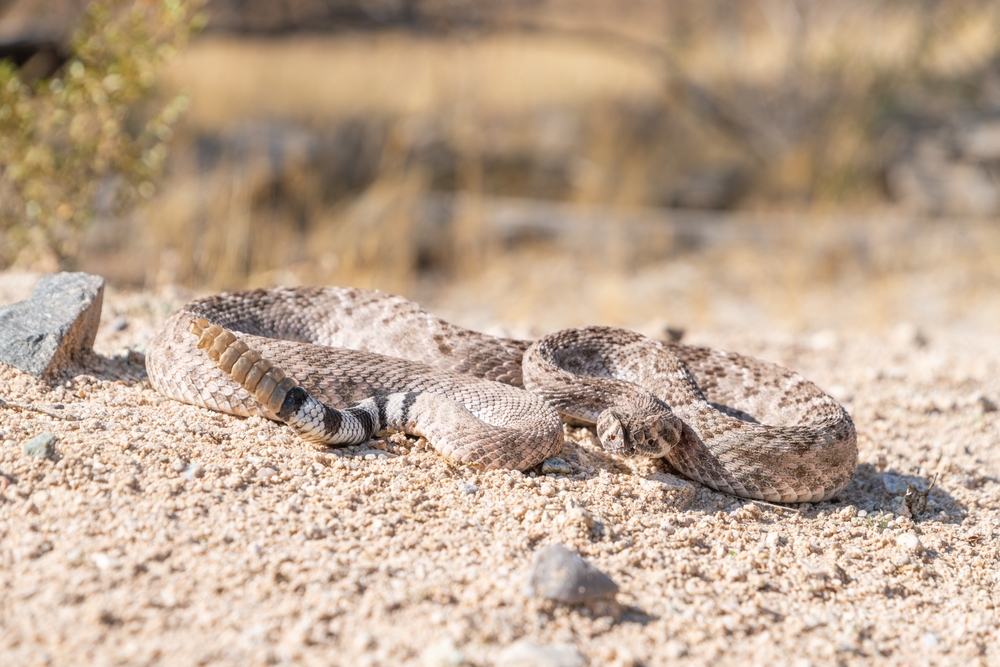
Texas doesn’t just boast wide-open spaces; it also hosts a staggering variety of rattlesnakes. From the massive Western diamondback to smaller species like the pygmy rattlesnake, the state’s ecosystems are perfect for them. Sightings are especially common in rural areas, but suburban development continues to push people into rattlesnake territory. Even in cities, encounters are not unheard of.
The state has even turned rattlesnakes into a cultural fixture with annual rattlesnake roundups. These events are controversial but highlight just how embedded these snakes are in Texan life. While many fear them, ranchers and locals often see them as part of the landscape. In Texas, rattlesnakes are both a danger and a tradition.
2. California
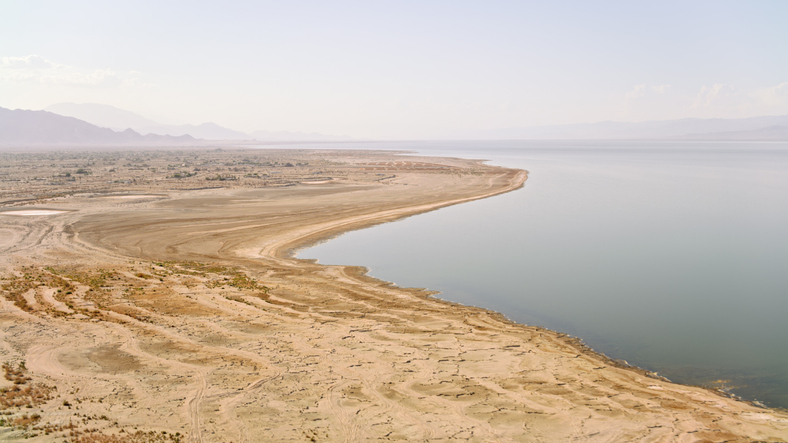
California is home to six rattlesnake species, with the Southern Pacific rattlesnake ranking among the most venomous. They can be found from the Sierra Nevada to coastal foothills and even suburban yards. Their adaptability makes them one of the state’s most encountered wildlife risks. The California Department of Fish and Wildlife reports that rattlesnakes are responsible for the majority of snakebites treated annually in the state.
Their presence is a reminder that California’s wild beauty comes with hazards. Warm months bring them out in force, especially on trails and sunny rocks. Hikers often share photos of unexpected snake sightings, proof of how common encounters are. In rattlesnake country, awareness and respect go hand in hand.
3. Arizona
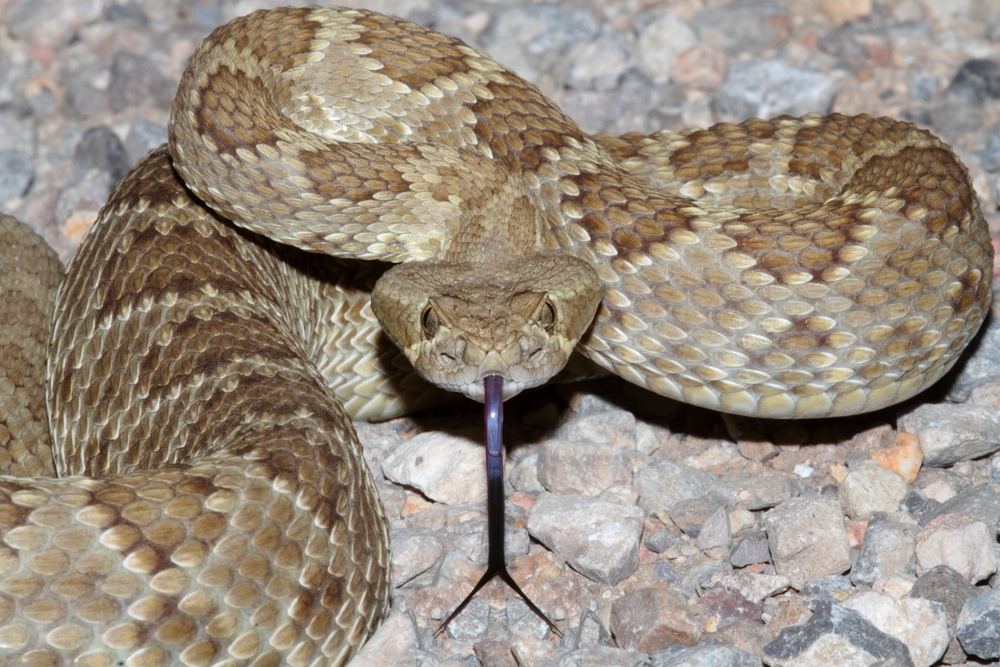
Arizona is often considered rattlesnake central, with 13 species calling the state home. The Western diamondback, Mojave rattlesnake, and sidewinder are just a few of the infamous residents lurking in its deserts and canyons. From Phoenix suburbs to remote trails in the Sonoran Desert, these snakes are deeply woven into Arizona’s identity. According to the Arizona Game and Fish Department, rattlesnakes account for more than half of all venomous snakebites in the state each year.
Despite this, most bites occur when people accidentally step too close or try to handle them. Their camouflage is so effective that they often go unnoticed until it’s too late. For hikers and campers, staying alert isn’t just advice—it’s a survival tactic. Arizona may be beautiful, but it comes with a slithering edge.
4. Nevada
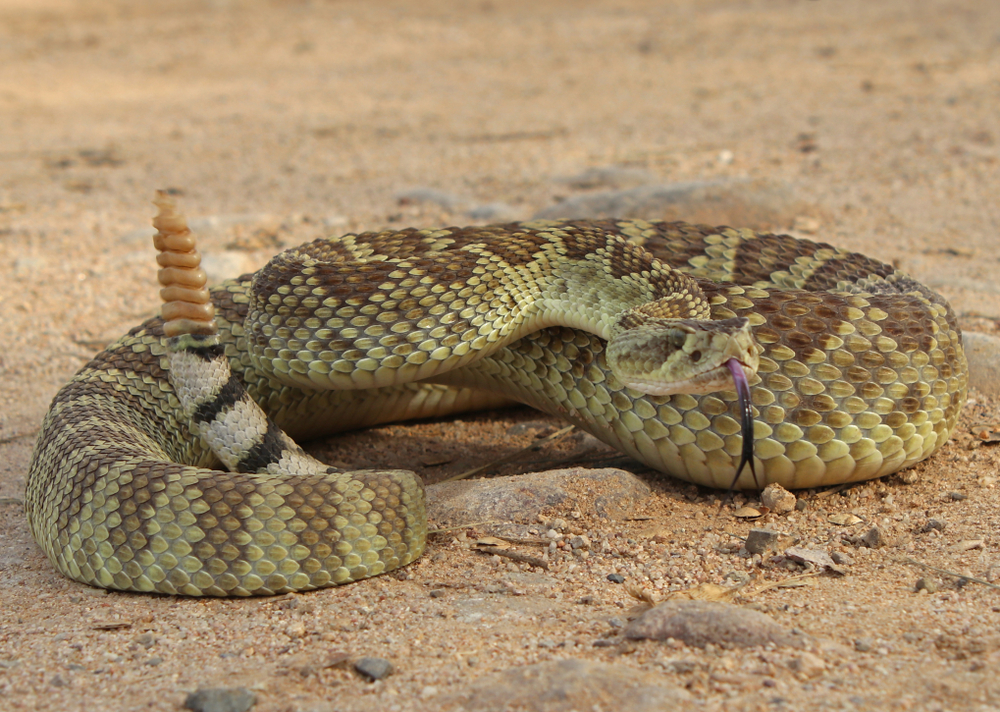
Nevada’s rugged deserts and rocky landscapes are prime rattlesnake habitat. The Mojave rattlesnake, notorious for its powerful venom, is one of the state’s most dangerous residents. These snakes thrive in areas with sparse vegetation where their camouflage works best. Though the state’s vast emptiness means sightings aren’t constant, the danger is always present.
For outdoor enthusiasts, caution is part of the experience. Turning over rocks or hiking without scanning the ground can be a risky move. While snakes are rarely aggressive, encounters can escalate quickly if they feel threatened. In Nevada, the beauty of the desert is always paired with a warning rattle.
5. New Mexico
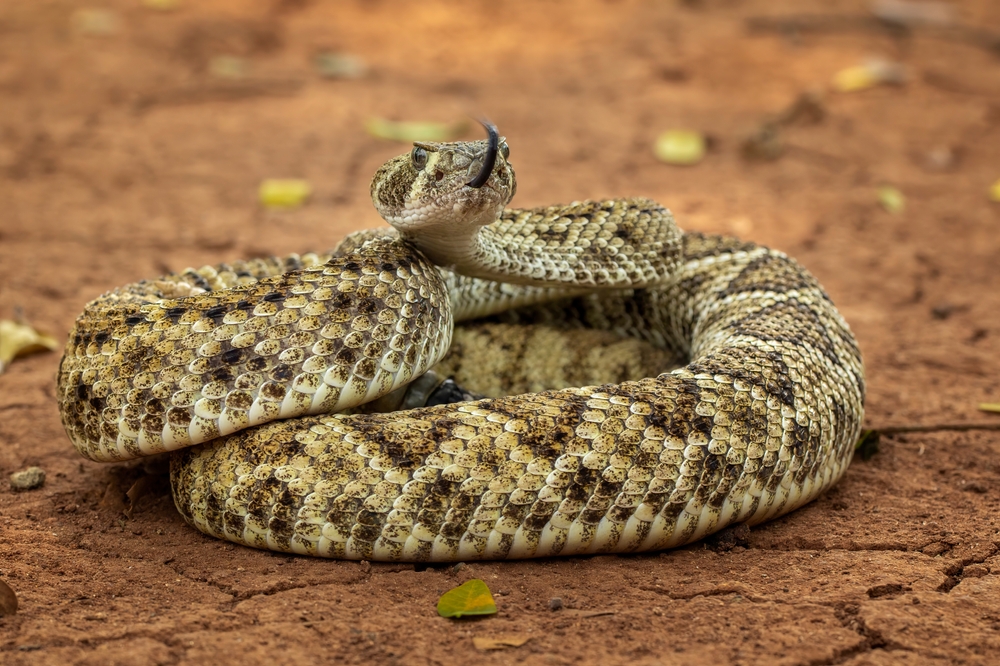
New Mexico’s deserts and high plains are crawling with rattlesnakes, including the prairie rattlesnake and the Western diamondback. Their ability to thrive in both rocky canyons and grasslands makes them hard to avoid. Locals are used to spotting them near homes, trails, and even roadways. A University of New Mexico study noted that rattlesnakes play a crucial ecological role, controlling rodent populations in the region.
That balance is part of why locals respect them despite the risk. Rattlesnakes help keep ecosystems stable, even if their presence can be unnerving. Still, every outdoor venture comes with the reminder to watch your step. In New Mexico, rattlesnakes are as much a part of the scenery as the desert itself.
6. Florida
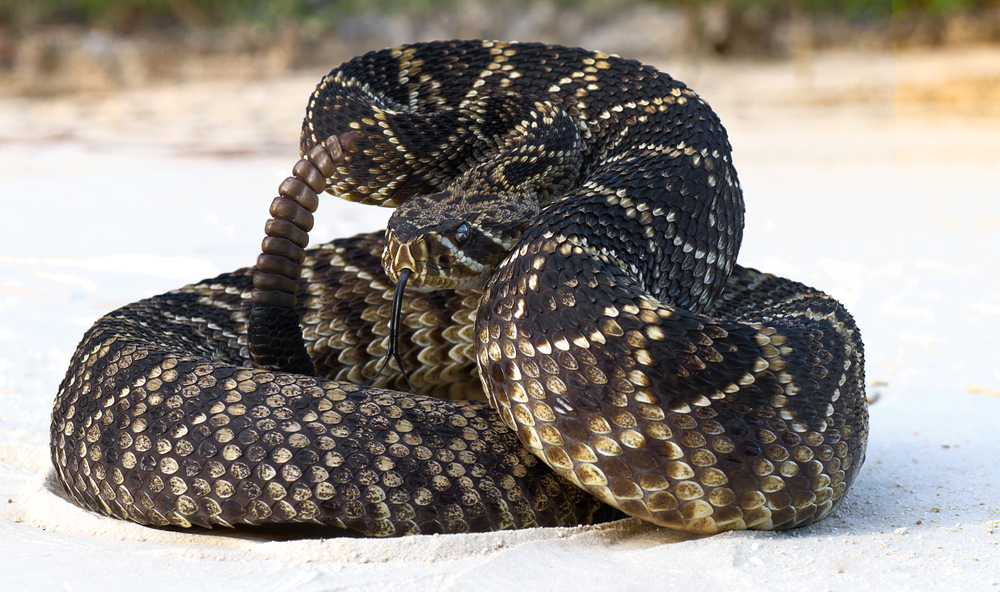
Florida may be famous for its alligators, but rattlesnakes are equally formidable predators. The state is home to the Eastern diamondback, the largest rattlesnake in the world, alongside timber and pygmy rattlesnakes. Swamps, pine forests, and even suburban neighborhoods can all serve as habitat. This makes them a very real presence for Floridians.
They are especially active in the warm, humid climate that defines the state. Their sheer size and power make the Eastern diamondback a snake that demands respect. While most avoid confrontation, encounters with humans are frequent in areas where wilderness meets suburbia. Florida’s landscapes may be lush, but they come with a hiss and a rattle.
7. Colorado
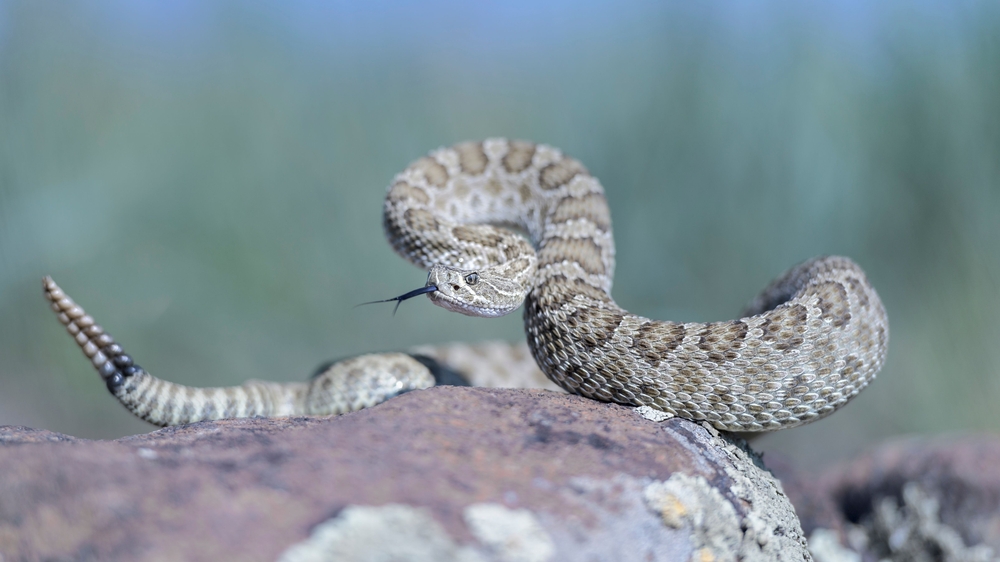
Colorado’s mix of mountains, foothills, and grasslands provides perfect rattlesnake habitat. The prairie rattlesnake is the most common species here, and it’s regularly spotted along hiking trails. Though not as venomous as the Mojave, their bites can still be dangerous. Colorado Parks and Wildlife notes that rattlesnake bites account for dozens of emergency room visits in the state each year.
Encounters are common enough that hikers are advised to carry snakebite kits and know basic first aid. Their camouflage makes them easy to miss until you’re right on top of them. This element of surprise is what makes them so risky. In Colorado, natural beauty and natural danger often go hand in hand.
8. Oklahoma
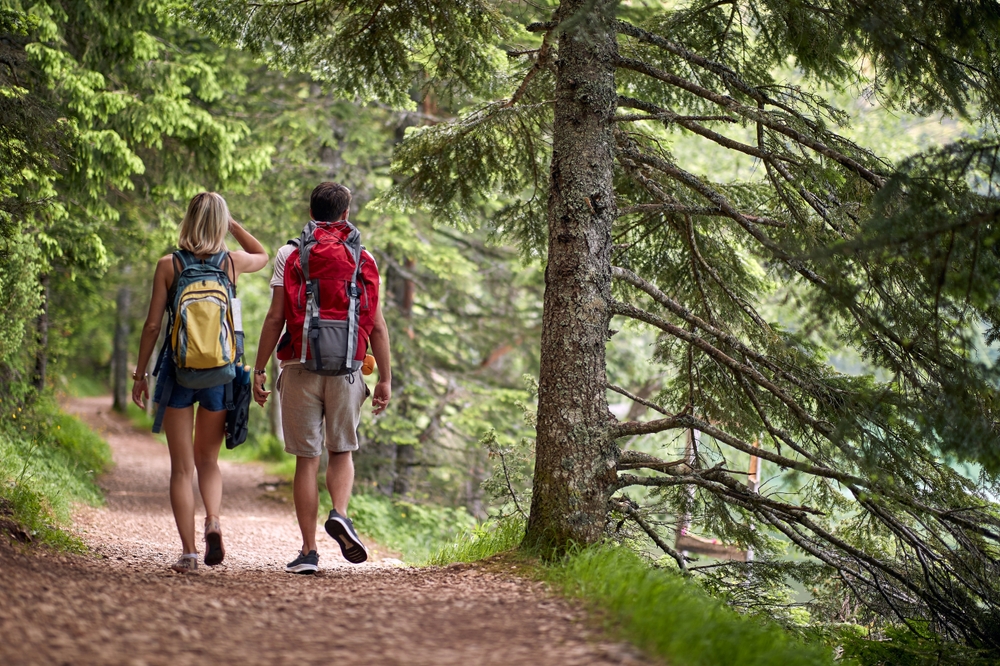
Oklahoma’s varied landscapes—prairies, grasslands, and woodlands—are prime rattlesnake country. Timber rattlesnakes and prairie rattlesnakes are among the most common, blending into the environment with ease. Locals grow up with a healthy respect for them, as encounters are a routine part of outdoor life. The snakes are especially active during spring and summer.
The state even celebrates its slithering residents with annual rattlesnake festivals and roundups. These events attract tourists while serving as reminders of just how present rattlesnakes are here. While some see them as a threat, others see them as part of the cultural identity. In Oklahoma, rattlesnakes are both feared and revered.
9. Utah
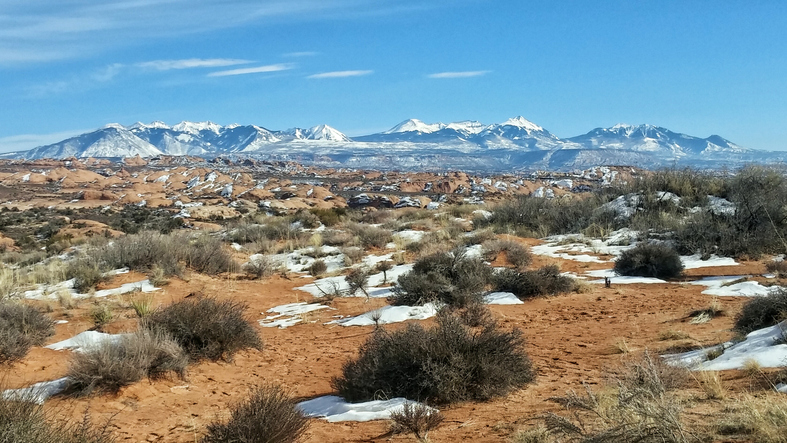
Utah’s dramatic red rock canyons and deserts make the perfect backdrop for rattlesnakes. The Great Basin rattlesnake is the most common, often spotted sunning on warm rocks. Their camouflage blends seamlessly into sandstone, making them easy to overlook until it’s too late. National parks like Zion and Arches are all rattlesnake territory.
Hikers are frequently warned to stay on trails and be cautious when climbing rocks. Despite their intimidating presence, rattlesnakes play a vital role in Utah’s ecosystems. They keep rodent populations in check, preventing the spread of disease. Respect and distance are the golden rules in rattlesnake country.
10. New Mexico’s Borderlands
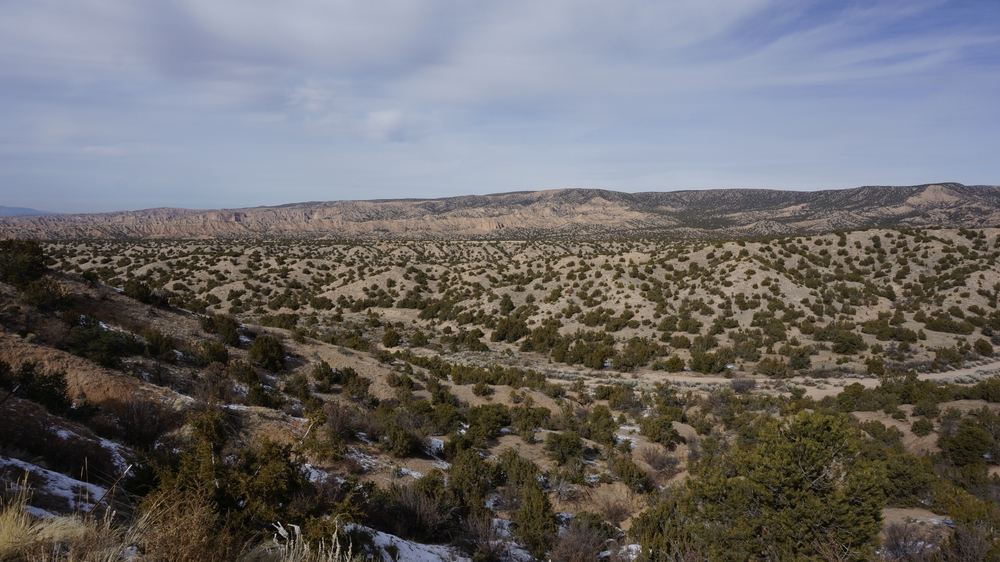
The borderlands between New Mexico and Arizona are among the most rattlesnake-heavy regions in the country. Western diamondbacks and Mojaves are especially common, thriving in the heat and rocky terrain. Encounters here are frequent, as both rural residents and outdoor adventurers cross paths with these snakes. The desert doesn’t forgive carelessness.
In this part of the Southwest, rattlesnakes are more than wildlife—they’re a constant presence. Locals adapt by watching every step and teaching children to do the same. They’re feared, but also respected as part of the desert’s rhythm. Out here, the rattle is the soundtrack of survival.
11. Georgia

Georgia’s pine forests and wetlands are home to three rattlesnake species, including the formidable Eastern diamondback. These snakes often lie hidden in grassy fields or wooded trails, making them difficult to spot. Hunters and hikers are the most likely to encounter them, particularly in rural areas. Their size alone makes them a serious threat if disturbed.
Despite their reputation, rattlesnakes in Georgia avoid humans when possible. Most bites occur when someone steps too close or tries to kill them. Outdoor enthusiasts are encouraged to stay alert and wear protective footwear. In Georgia, rattlesnakes are a reminder that nature doesn’t always play nice.
12. South Carolina
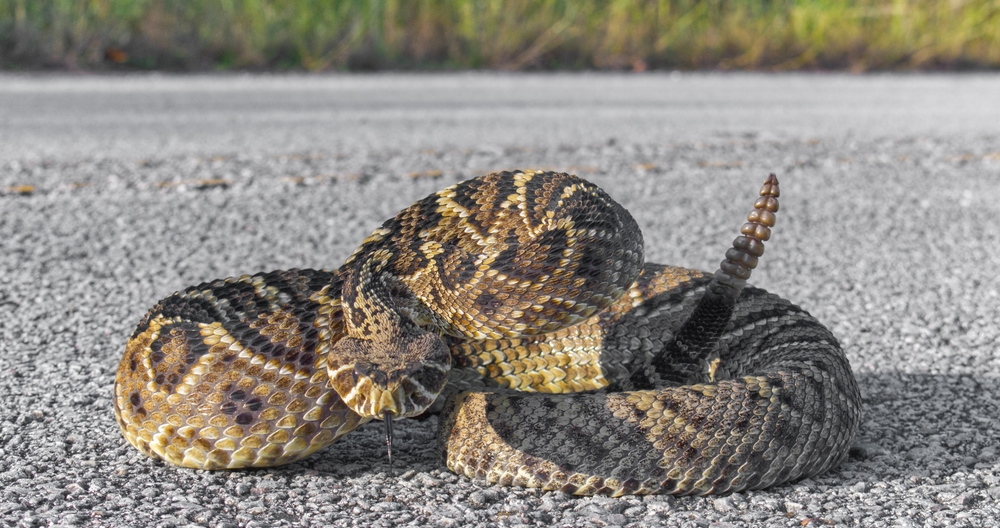
South Carolina’s warm climate provides an ideal environment for rattlesnakes. Timber and Eastern diamondback rattlesnakes are the most common, often found in coastal plains and forested areas. With such a high density of outdoor recreation spots, encounters aren’t unusual. Locals know that vigilance is part of enjoying the state’s beauty.
These snakes usually avoid confrontation, but their presence is undeniable. They add a layer of risk to hiking, camping, and hunting trips. The good news is that education and awareness have helped reduce bite incidents. In South Carolina, sharing space with rattlesnakes is simply part of life.
13. Missouri
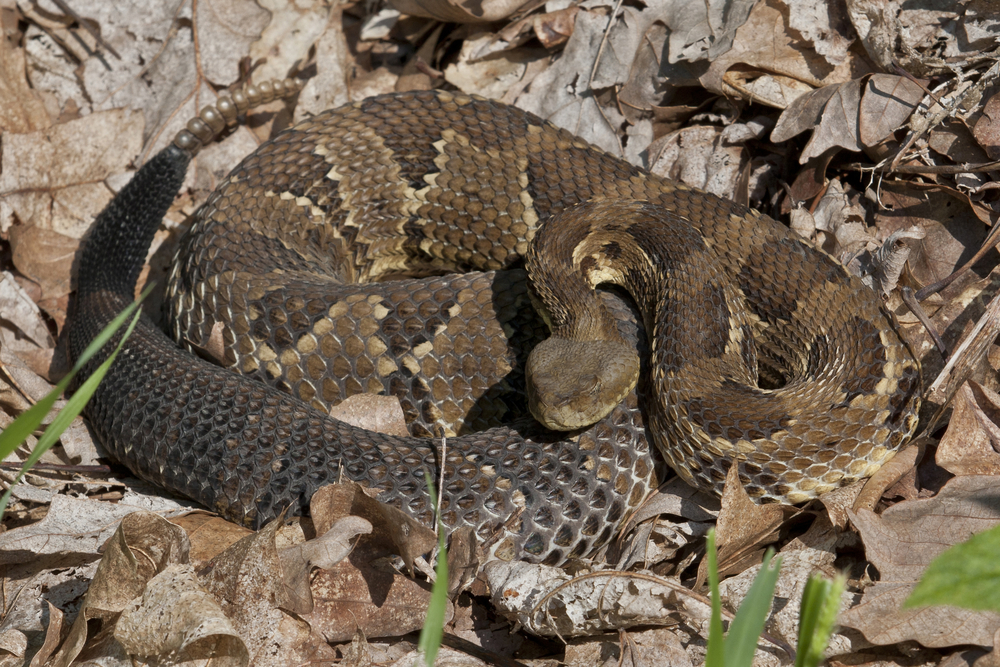
Missouri is home to the timber rattlesnake, a species that prefers wooded hillsides and rocky bluffs. These snakes are shy by nature, but their potent venom makes them dangerous when surprised. With Missouri’s thriving outdoor culture, encounters are always possible. Even campers in popular state parks need to keep an eye on the ground.
For Missourians, rattlesnakes are an accepted part of the wilderness experience. Most people know how to spot their warning signs and give them space. Despite their danger, rattlesnakes are key predators in the ecosystem, keeping balance in check. Respect ensures that humans and snakes can coexist, even in close quarters.
14. Arkansas

Arkansas is prime rattlesnake country, with timber and Western pygmy rattlesnakes among its most common residents. They thrive in forests, rocky slopes, and along riverbanks where prey is abundant. Accidental encounters happen often, especially for hunters and hikers. Their camouflage makes them a hidden danger in the natural landscape.
While they’re rarely aggressive, their presence demands awareness. Locals know to watch their step and avoid reaching into brush or woodpiles blindly. Outdoor enthusiasts carry that respect with them into the wild. In Arkansas, rattlesnakes are just another part of the backdrop of rugged living.
